Biology is one of the most important and crucial subject as this subject brings in the opportunity for scoring the highest marks. For the students studying in class 12th and have opted for Biology as one of the main subjects, it is crucial that they read and understand the concepts behind each topic. The CBSE Class 12th Biology carries more importance it is the part of some major medical examinations like the NEET. Therefore, to assist students studying and learning the basic concepts behind the CBSE Class 12th Biology, we have added the CBSE Class 12th Biology Important Diagrams & Questions in the article below.
CBSE Class 12th Biology
The CBSE Class 12 Biology curriculum is divided into five main units: Reproduction, Genetics and Evolution, Biology and Human Welfare, Biotechnology and its Applications, and Ecology and Environment. Key topics include human reproduction, DNA structure and function, genetic engineering, immunity, ecosystems, and biodiversity. The course emphasizes conceptual understanding and the ability to apply knowledge, with a strong focus on diagrams, processes like DNA replication and translation, and practical applications of biotechnology.
Importance of Diagrams in Class 12 Biology
Biology, the science of life, is inherently visual. For CBSE Class 12 students, diagrams are not just illustrations; they are integral to understanding and representing complex biological structures and processes. Some reasons why diagrams are important include:
- Better Understanding of Concepts – Drawing diagrams helps students grasp complex biological processes like the structure of a cell, DNA replication, or the human heart.
- Scoring High Marks – Diagrams in CBSE exams often carry 2-5 marks each. Perfectly labeled diagrams can boost your overall score.
- Simplifies Revision – Visual learning is faster. A single well-drawn diagram can help revise multiple related concepts.
- Improves Answer Presentation – Neatly drawn and labeled diagrams make your answers more attractive to examiners.
Must-Know Diagrams for Class 12 Biology
The CBSE Class 12 Biology subject comprises several key diagrams that the important for the students to study, but we have mentioned a list of some of the diagrams that were asked to draw in previous year question papers. Check the list below and try to dram them as practice for the exam:
-
Human Heart and Circulatory System
The diagram shows the structure of the heart with four chambers and associated blood vessels. It explains how oxygenated and deoxygenated blood circulates through the body.
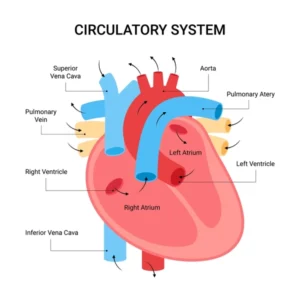
-
Human Brain and Neuron Structure
The brain diagram highlights major parts like cerebrum, cerebellum, and medulla oblongata. The neuron structure shows dendrites, axon, and synapse for transmitting nerve impulses.
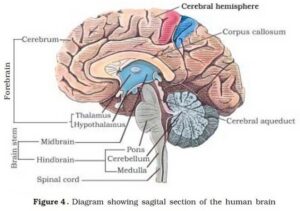
Human Brain
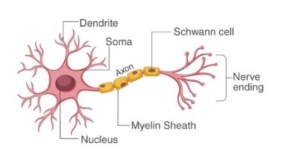
Neuron Structure
-
Human Kidney and Nephron
The kidney diagram illustrates cortex, medulla, and pelvis. The nephron shows filtration units like Bowman’s capsule and loop of Henle responsible for urine formation.
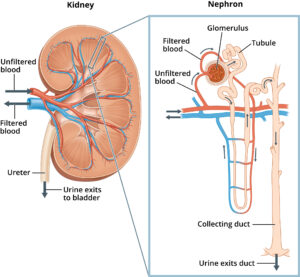
Human Kidney and Nephron
-
Flower Structure (Angiosperm)
This diagram displays parts like sepals, petals, stamens, and carpel. It helps in understanding pollination and reproduction in plants.
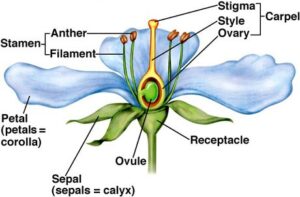
Flower Structure (Angiosperm)
-
DNA Double Helix and Replication
The DNA diagram shows two antiparallel strands with base pairing (A-T, G-C). Replication diagrams depict unwinding and complementary base pairing for copying genetic material.
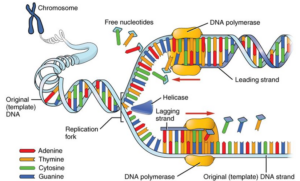
DNA Double Helix and Replication
-
Cell Cycle and Mitosis/Meiosis
The cell cycle diagram shows stages: interphase, prophase, metaphase, anaphase, and telophase. Mitosis results in identical cells, while meiosis leads to gamete formation.
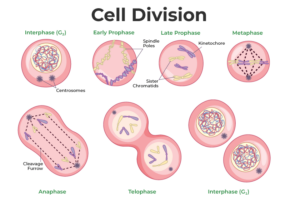
Cell Cycle and Mitosis/Meiosis
-
Male and Female Reproductive Systems
These diagrams explain organs like testes, penis, ovaries, uterus, and fallopian tubes. They show how gametes are produced and fertilization takes place.
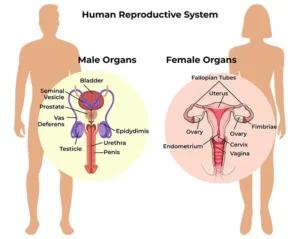
Male and Female Reproductive Systems
-
Photosynthesis Pathway (Light and Dark Reactions)
The diagram explains the light reaction in thylakoids producing ATP and NADPH. The Calvin cycle (dark reaction) in stroma fixes CO₂ into glucose.
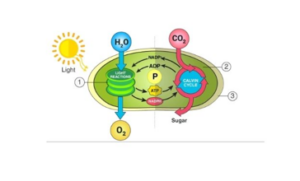
Photosynthesis Pathway (Light and Dark Reactions)
-
Immune System Components
This diagram shows organs like thymus, spleen, lymph nodes, and cells such as B-cells and T-cells. It explains how the body defends against pathogens.
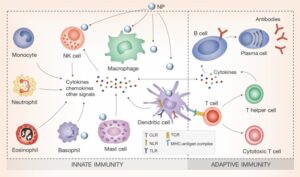
Immune System Components
Important Questions for CBSE Class 12 Biology
The CBSE Class 12 Biology is a crucial subject that can create thousands of important questions; therefore, it is essential for all the students to complete their preparations for each topic accordingly. Below, we have added a list of some of the important questions from CBSE Class 12 Biology:
- Differentiate between innate immunity and acquired immunity.
- Explain the life cycle of Plasmodium vivax (malaria parasite).
- Draw the Z-scheme of light reaction in photosynthesis.
- Draw a neat diagram of the human heart and explain the double circulation.
- Explain the carbon cycle with a diagram.
- Describe the process of respiration in plants.
- Write short notes on PCR (Polymerase Chain Reaction).
- Draw a labeled diagram of DNA replication and explain the process.
- What evidence supports the theory of evolution by natural selection?
- Draw and explain the structure of a plasmid.
- Define ecological succession with examples.
- Explain the structure and function of a nephron with the help of a diagram.
- Explain C3 and C4 pathways of photosynthesis.
- Describe the process of synaptic transmission in a neuron.
- Draw a labeled diagram of the human immune system (lymph nodes, spleen, thymus).
- What are the advantages of sexual reproduction over asexual reproduction?
- What are the effects of global warming on biodiversity?
- Explain Mendel’s dihybrid cross with the help of a Punnett square.
- Write the differences between oogenesis and spermatogenesis.
- With a labeled diagram, explain the structure of the male reproductive system.
- What is recombinant DNA technology? Explain its steps briefly.

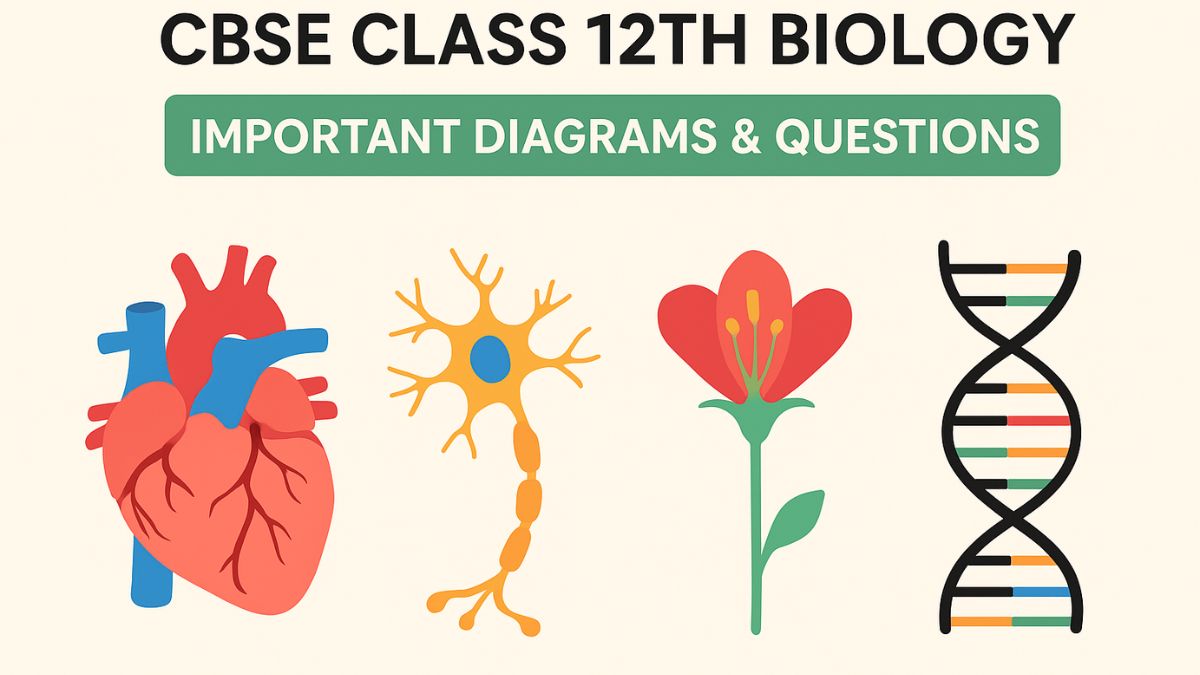








 UPMSP Center List 2026 Released, Check D...
UPMSP Center List 2026 Released, Check D...
 UP Board Class 12 Syllabus 2025-26 Out, ...
UP Board Class 12 Syllabus 2025-26 Out, ...
 CBSE Date Sheet 2025 Out, Download Class...
CBSE Date Sheet 2025 Out, Download Class...








